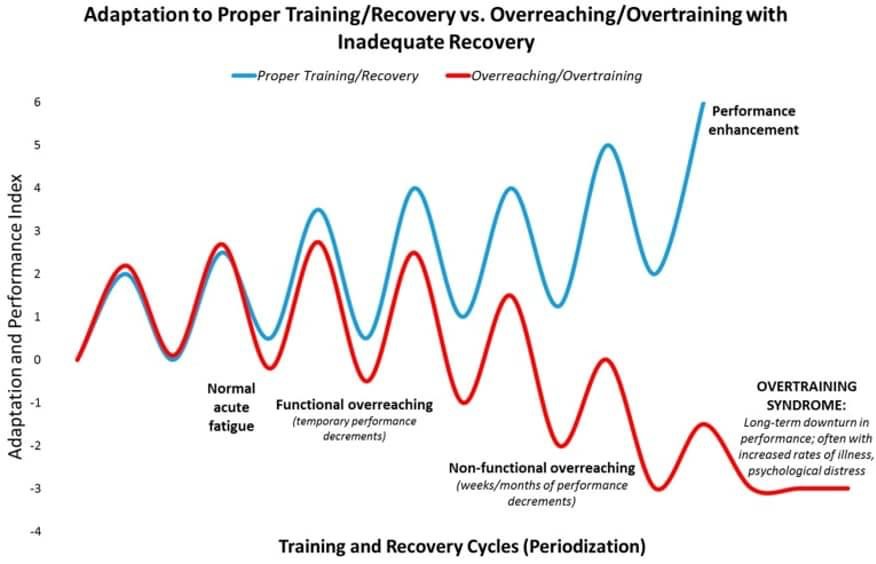The Nitty-Gritty of Functional Overload
Training and recovery, that unending dance. It’s like a waltz, but instead of music, there’s sweat and a wee bit of grunting. That’s where functional overload comes in, our tango partner in the endurance training game. Essentially, functional overload is a momentary dip in performance due to a boost in training stress. Sounds like a nightmare, right? Wrong! It’s a standard part of the training process for our athletic superstars. Usually, you’re back in the game within a few days, but if you ignore it, you might just find yourself in the dreaded realm of overtraining.
Unearthing the ‘External’ Markers
Now, don’t just take my word for it. Our friends at the International Journal of Sports Physiology and Performance have been digging around in the scientific vaults of PubMed, Scopus, and PsycINFO databases. They trawled through a dozen papers to seek out “external” markers that could signify functional overload.
Signs, Signs, Everywhere There’s Signs
So, what’s the tell-tale sign you’ve danced too long with Mr. Overload? Look for changes in output power, heart rate (both maximal and recovery), perceived load scores, scores on the Daily Analysis of Athlete Life Needs Questionnaire (DALDA), or in your mood state profile, courtesy of the POMS scale. However, our diligent researchers found that changes in maximal oxygen consumption and heart rate variability parameters are a bit shy and don’t show up during functional overload.
The Ups and Downs of Performance Tests
A maximal performance test, under the spell of functional overload, is likely to show a drop in peak power output and a lower maximal heart rate. During a time trial, expect lower average power and a reduced heart rate.
Decoding the Submaximal Functional Overload Test
During a standard submaximal functional overload test, you might see higher power at a fixed heart rate or lower heart rate at a fixed intensity. You could also witness a higher perceived stress score and a quicker heart rate recovery. The DALDA and POMS scales can help, but be warned: the POMS scale can’t tell the difference between overload and acute fatigue. So, it might not be the best tool for precise monitoring of functional overload.
So there you have it, folks. Functional overload, in all its sweaty glory. Remember, in the dance of endurance training, it’s all about knowing your partner. Train smart, recover well, and keep an eye out for those signs of functional overload. Your body will thank you.


Leave a Reply